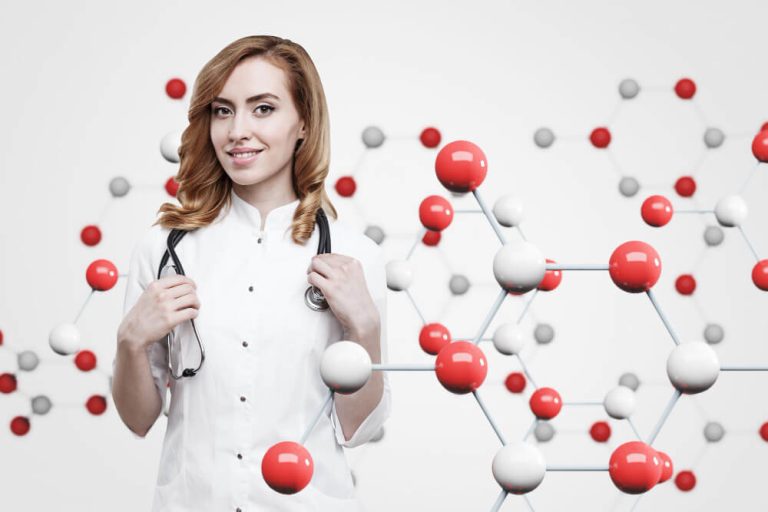What Is a Biohacking Clinic and How Can It Transform Your Health?
The quest for optimal health has evolved far beyond annual checkups and basic diet advice. We now live in an age of personalization, where data-driven insights can unlock new levels of human potential. This is the world of biohacking, a practice once confined to dedicated enthusiasts but now entering the mainstream through a new, sophisticated model. At the forefront of this movement is the modern biohacking clinic, a place where science, technology, and personalized medicine converge.
These facilities are not your typical doctor’s office. They are advanced wellness centers designed to help individuals move beyond simply treating illness and toward proactively optimizing their physical and cognitive performance. By leveraging cutting-edge diagnostics and targeted therapies, they offer a roadmap to enhanced energy, sharper focus, and a longer, healthier life.
This guide will demystify the biohacking clinic, exploring the services they offer, the science behind their methods, and how you can determine if this approach is right for you. It is a journey into the future of healthcare, one that puts you in the driver’s seat of your own biology.
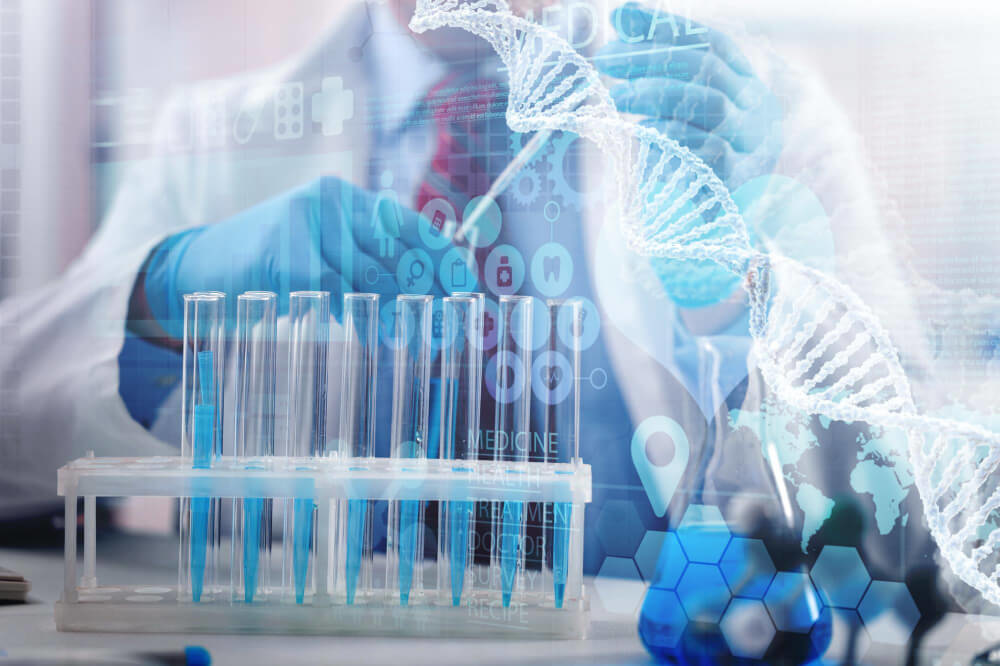
What Exactly Does ‘Biohacking’ Mean?
At its core, biohacking is the art and science of changing your environment, both internal and external, to take control of your own biology. It is a systems-thinking approach to your body. Instead of viewing symptoms in isolation, biohacking seeks to understand the interconnected web of systems that make you who you are, from your hormones and gut microbiome to your sleep cycles and stress responses.
Think of your body as a complex piece of software. Biohacking involves identifying the ‘code’ through diagnostics and then making strategic inputs, or ‘upgrades’, to improve its performance. These inputs can range from simple lifestyle adjustments, like dietary changes and specific exercise routines, to more advanced technological interventions available in a clinical setting.
The term might conjure images of tech billionaires with futuristic gadgets, but the principles are accessible to everyone. The fundamental goal is to make small, incremental changes that yield significant, measurable improvements in your health, wellness, and overall quality of life. It is about moving from a passive to an active role in your own health journey.

Why Is a Clinical Setting Becoming So Important for Biohacking?
While do-it-yourself biohacking has its merits, the rise of the clinical model marks a crucial step forward in safety, efficacy, and personalization. A professional environment provides a level of structure and expertise that is difficult to replicate on your own. It bridges the gap between casual experimentation and true medical optimization.
One of the primary advantages is access to medical-grade diagnostics. A clinic can perform comprehensive blood panels, genetic testing, microbiome analysis, and advanced imaging that go far beyond what is available to the average consumer. This deep-dive data provides a precise baseline from which to build a truly personalized health protocol.
Furthermore, a clinical setting ensures professional oversight. The therapies and interventions are administered by trained professionals, including doctors, nurses, and health coaches, who can interpret complex data, manage potential risks, and adjust protocols based on your progress. This guidance is invaluable, preventing the missteps and potential harm that can come from unsupervised experimentation. It transforms biohacking from a guessing game into a strategic, science-backed discipline.

What Kinds of Services Do Biohacking Clinics Typically Offer?
The menu of services at a biohacking clinic is diverse, reflecting the multifaceted approach to health optimization. These offerings can generally be categorized into diagnostics, therapies, and ongoing coaching. The goal is to create a comprehensive, 360-degree plan tailored to your unique biological needs.

Are Advanced Diagnostics the Starting Point?
Yes, almost every journey at a biohacking clinic begins with a deep diagnostic phase. This is the foundation upon which your entire program is built. Without accurate data, any intervention is just a shot in the dark. These diagnostics are far more extensive than a standard physical.
Common tests include a full-spectrum blood analysis that looks at dozens of biomarkers related to hormones, inflammation, nutrient levels, metabolic health, and organ function. Genetic testing might be used to identify predispositions and inform lifestyle choices, while microbiome analysis can shed light on gut health, which is central to overall wellness. Some clinics also use cognitive assessments and body composition analysis to get a complete picture.

What Therapeutic Interventions Are Available?
Once a baseline is established, the clinic will recommend a suite of therapies designed to address specific goals or deficiencies identified in your diagnostics. These are the active ‘hacks’ that help upgrade your biology. The options are often futuristic and can feel like stepping into a science fiction novel, but they are all rooted in established physiological principles.
Intravenous (IV) therapy is a cornerstone service, allowing for the direct delivery of vitamins, minerals, antioxidants, and amino acids into the bloodstream for maximum absorption. This can be used to boost energy, enhance immune function, or aid in recovery. Another popular service is cryotherapy, which involves brief exposure to extremely cold temperatures to reduce inflammation, improve circulation, and release endorphins.
Other common therapies include red light therapy (photobiomodulation) to support cellular energy production and skin health, hyperbaric oxygen therapy (HBOT) to saturate the body’s tissues with oxygen for enhanced healing, and pulsed electromagnetic field (PEMF) therapy to ‘recharge’ your cells. Companies like Restore Hyper Wellness have popularized many of these modalities, making them more accessible to the public in a franchise-style model.
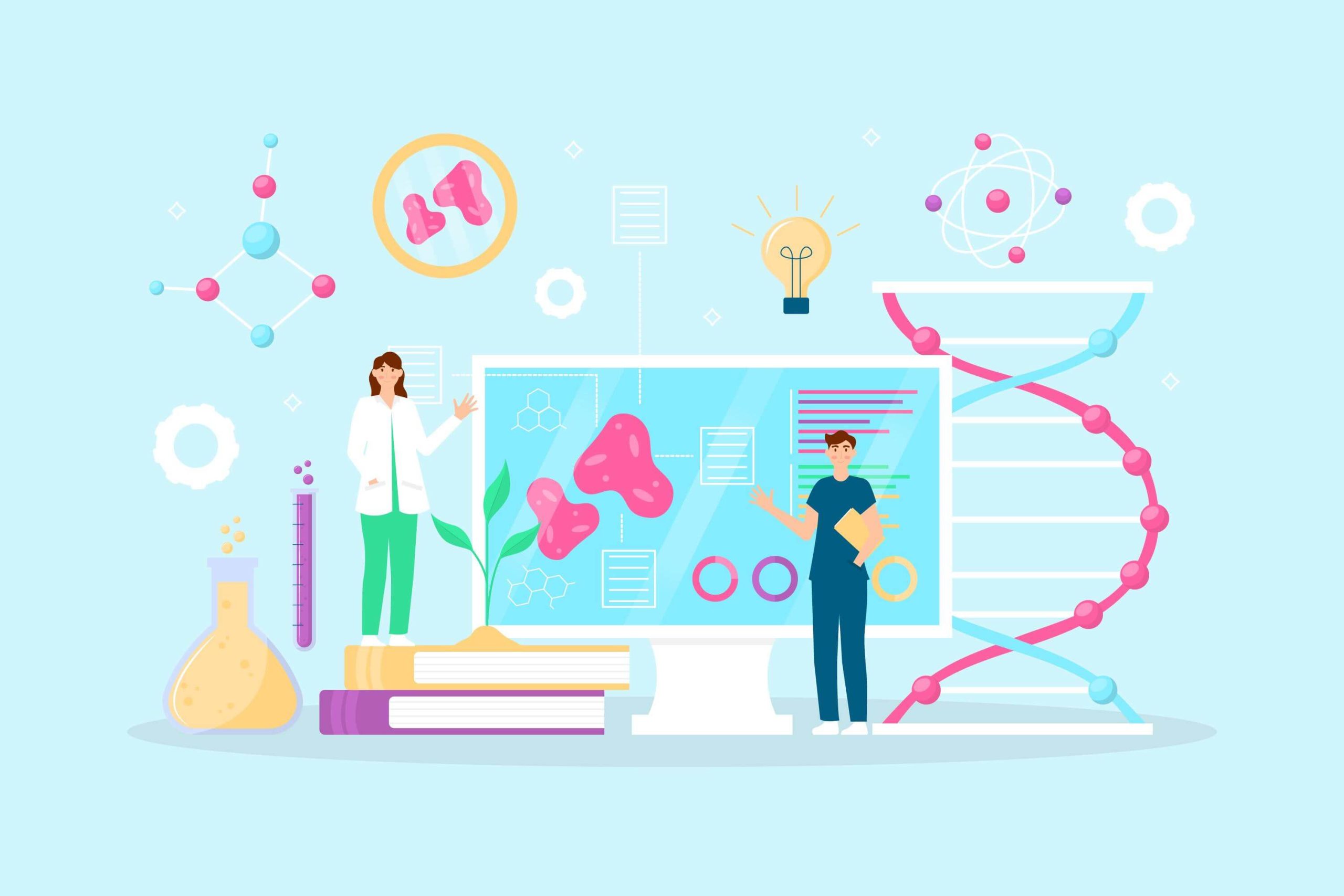
How Do These Clinics Use Your Personal Data for Optimization?
Data is the lifeblood of a biohacking clinic. Beyond the initial diagnostic tests, these centers are pioneering the integration of real-time data from personal wearable devices. Information from your Oura Ring, WHOOP strap, or continuous glucose monitor (CGM) is no longer just for your personal tracking; it becomes a vital part of your clinical record.
This continuous stream of information on sleep quality, heart rate variability (HRV), activity levels, and blood sugar responses provides a dynamic view of your health. It shows how your body is responding to therapies and lifestyle changes on a day-to-day basis. A clinician can see that a particular dietary change caused a spike in your blood glucose or that a new supplement protocol improved your deep sleep percentage.
The process of how to integrate wearable data into a professional framework is a game-changer. It allows for a level of personalization and responsiveness that was previously impossible. Your health plan is no longer a static document but a living, breathing protocol that evolves with you, guided by objective, real-time feedback from your own body.
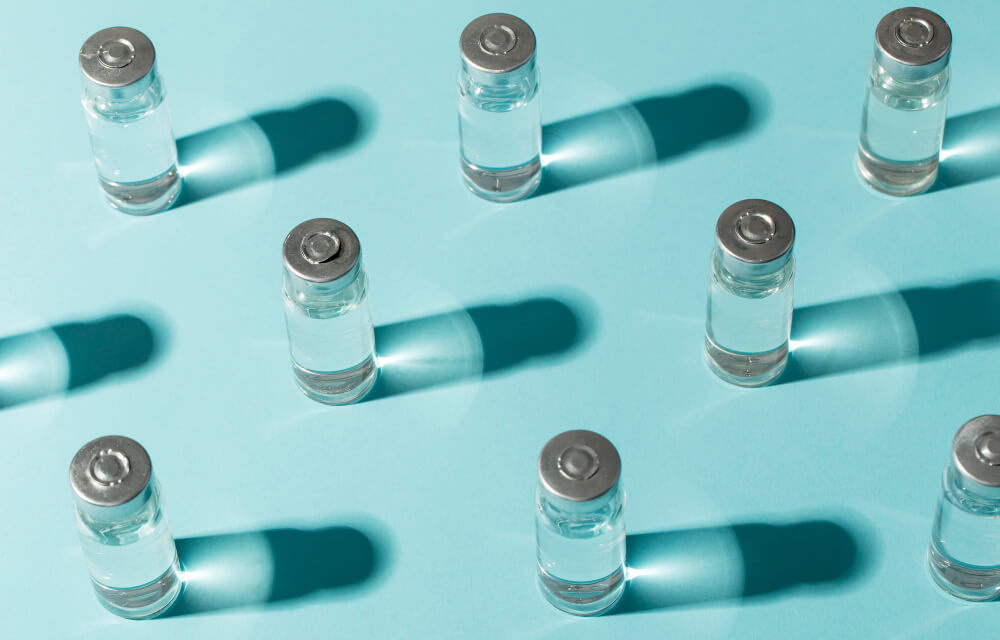
Who Are the Key Figures and Companies Shaping This Space?
The biohacking and longevity field has been propelled into the spotlight by a number of influential figures and innovative companies. These pioneers have been instrumental in translating complex science into actionable strategies for the general public and healthcare professionals alike.
Physicians like Peter Attia, a Stanford-trained doctor, have championed a data-driven approach to longevity that he calls Medicine 3.0. His work focuses on preventing chronic disease through meticulous optimization of diet, exercise, and other lifestyle factors, all informed by deep diagnostic testing. His detailed analysis and evidence-based recommendations have set a high standard for the field.
On the other side of the spectrum is someone like Ben Greenfield, a prominent biohacker and human performance coach known for his adventurous self-experimentation. He has explored a vast range of unconventional methods for enhancing physical and mental performance, bringing a creative and boundary-pushing perspective to the community. His work highlights the breadth of possibilities within the biohacking world.
Beyond individual thought leaders, companies are also innovating in this space. While physical clinics offer hands-on therapies, other models are emerging. Companies like Lifeforce operate on a telehealth platform, combining at-home diagnostic testing with virtual consultations from functional medicine doctors. This model provides convenience and accessibility, allowing people to engage with high-level health optimization from anywhere.
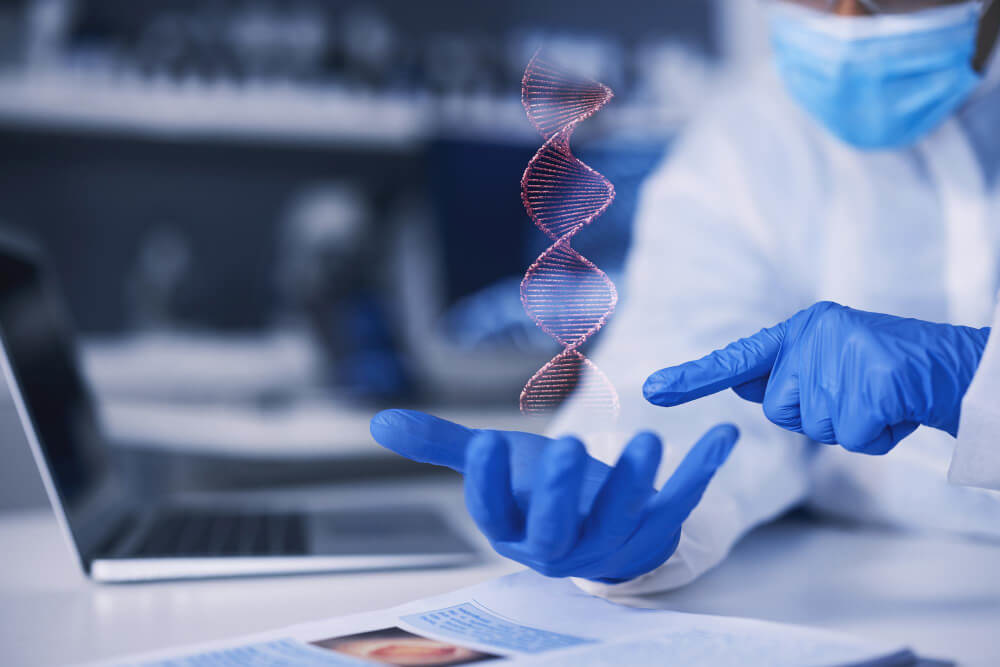
How Can You Choose the Right Biohacking Clinic?
With the growing popularity of biohacking, new clinics are emerging rapidly. Navigating this landscape to find a reputable and effective provider requires careful consideration. Not all clinics are created equal, and it is important to look for specific hallmarks of quality and professionalism.

What Qualifications Should the Staff Have?
First and foremost, check the credentials of the clinical team. The staff should include licensed medical professionals, such as medical doctors (MDs), doctors of osteopathic medicine (DOs), or nurse practitioners (NPs), especially if the clinic is offering services like IV therapy or prescription-based treatments. Look for practitioners with additional training in functional, integrative, or anti-aging medicine. Health coaches and nutritionists should also hold recognized certifications.

How Important Is Transparency and Communication?
A reputable clinic will be transparent about its methods, the evidence behind its therapies, and the costs involved. They should take the time to explain your diagnostic results in detail and co-create a health plan with you, rather than just selling you a package of services. Be wary of any facility that promises a ‘miracle cure’ or guarantees specific results.
The best clinics understand the importance of marketing a biohacking clinic without making claims that are unsubstantiated or overly sensational. They focus on education, empowerment, and setting realistic expectations. The goal should be a long-term partnership in health, not a quick fix.

What Does the Client Experience Reveal?
The overall client experience can tell you a lot about a clinic’s philosophy. High-end clinics that are serious about results invest heavily in the patient journey. They understand that a positive and supportive environment is crucial for long-term success and adherence to a program.
These premier facilities have mastered the art of patient acquisition and retention for a high-end clinic by delivering exceptional value and a seamless experience from the first consultation to ongoing follow-ups. They make clients feel seen, heard, and cared for, which is a critical component of any healing or optimization process.

What Are the Potential Benefits of This Approach?
Engaging with a biohacking clinic can lead to a wide array of life-changing benefits that extend across all areas of your health and well-being. The specific outcomes will depend on your individual goals and biological starting point, but many clients report transformative results.
One of the most commonly cited benefits is a significant increase in sustained energy and vitality. By optimizing mitochondrial function, balancing hormones, and correcting nutrient deficiencies, many people find they can power through their days without the afternoon slumps or reliance on caffeine. This is often accompanied by improved cognitive function, including sharper focus, better memory recall, and enhanced mental clarity.
Sleep optimization is another major focus, as quality sleep is the foundation of good health. Clinics use data to identify and address issues that disrupt sleep, leading to more restorative rest. Other potential benefits include reduced inflammation, improved body composition, enhanced athletic performance and recovery, a stronger immune system, and a more resilient response to stress. Ultimately, all of these benefits contribute to the overarching goal of increasing healthspan, the period of life spent in good health, free from chronic disease.

Are There Any Risks or Considerations to Keep in Mind?
While the potential upside is enormous, it is important to approach clinical biohacking with a balanced perspective. The first consideration is cost. These advanced diagnostics and therapies are generally not covered by standard health insurance, so it is an out-of-pocket investment. The cost can be substantial, so it is important to have a clear understanding of the financial commitment involved.
Second, biohacking is not a passive process. It requires active participation and commitment. The clinic can provide the data, therapies, and a roadmap, but you are the one who has to implement the lifestyle changes, stick to the supplement regimen, and show up for appointments. Lasting results come from consistency over time.
Finally, it is crucial to manage your expectations. Biohacking is about optimization, not perfection. There will be ups and downs, and progress is not always linear. Working with a professional team helps you navigate this journey, but patience and a long-term perspective are essential for success. It is a marathon, not a sprint, toward a better, healthier you.
Biohacking clinics represent the exciting frontier of proactive, personalized health. They empower individuals to move beyond the traditional ‘sick care’ model and take deliberate, data-informed steps to build a more resilient, energetic, and optimized version of themselves. By combining the best of modern medicine with cutting-edge technology and a holistic view of the body, they offer a powerful path to not just a longer life, but a better one.
Frequently Asked Questions

Should I inform my primary care doctor about my biohacking activities?
Absolutely. Maintaining open and honest communication with your primary care doctor is crucial for ensuring your safety and the effectiveness of any protocol. Your doctor understands your complete medical history and can identify potential contraindications between biohacking interventions, like supplements or diets, and any existing conditions or prescribed medications. This collaborative approach ensures that your pursuit of optimization does not inadvertently compromise your foundational health.
When you have this conversation, be prepared to clearly explain the specific protocols you are considering or have already started. Frame it as part of your proactive wellness strategy, which can help foster a more productive and less adversarial discussion. This transparency allows your doctor to have a holistic view of your health, bridging the gap between traditional medical care and your personal optimization efforts.

What happens if I don’t achieve the specific outcomes we discussed?
A reputable biohacking practitioner will have established a clear plan for this possibility during the initial consultation. If you aren’t seeing the expected results, the first step is a follow-up appointment to systematically review your progress, adherence, and biometric data. This is a critical part of the process, not a failure, and allows for data-driven adjustments to your protocol.
Based on this review, the practitioner should work with you to troubleshoot the issue, which might involve modifying supplement dosages, changing lifestyle inputs, or even reassessing the initial goal’s feasibility. Remember that biohacking is an iterative process of personalized experimentation (often called n=1). A lack of immediate results is often a valuable data point that helps refine the approach for better future outcomes.
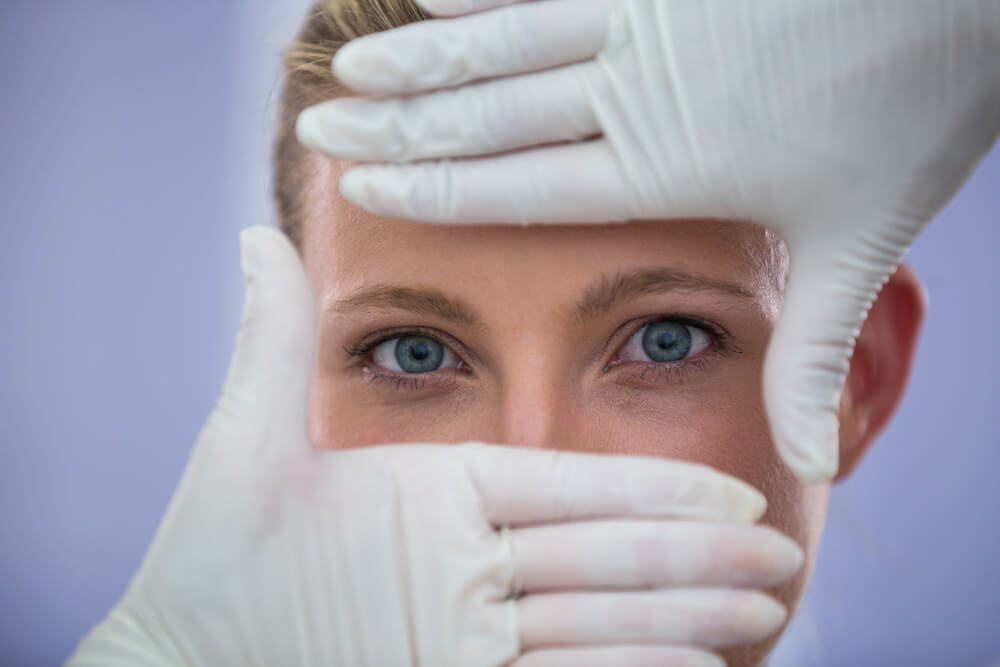
How can I differentiate between ambitious biohacking goals and unrealistic promises?
The key difference lies in the evidence provided, the degree of personalization, and the frank discussion of risk. An ambitious but realistic goal is grounded in scientific principles, is tailored to your unique biology, and includes a plan to track progress with objective data. Unrealistic promises, conversely, often guarantee rapid, dramatic results for everyone with little effort and tend to downplay or ignore potential side effects.
Be cautious of any practitioner who uses vague or over-hyped language, discourages you from seeking a second opinion, or is unwilling to explain the scientific basis for their recommendations. A trustworthy professional sets proper expectations by discussing a realistic timeline, potential challenges, and the full range of possible outcomes. Their focus will be on empowering you with knowledge rather than selling you on a guaranteed miracle.
Discover the most comprehensive functional medicine training, longevity training, and biohacking certification programs designed specifically for healthcare professionals, medics, and clinic owners who want to master regenerative medicine protocols and anti-aging therapies.







